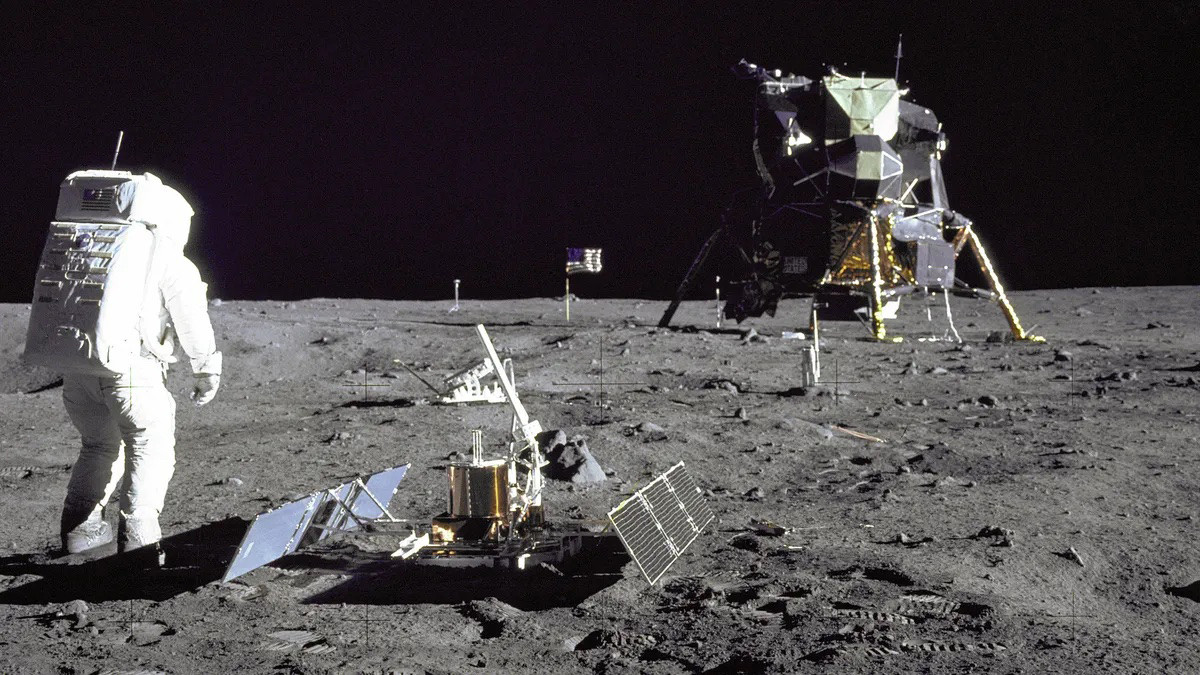
 The National Aeronautics and Space Administration (NASA) is one of the world's leading institutions. The agency is carrying a long tradition of pushing the physical and mental boundaries of humanity.
The National Aeronautics and Space Administration (NASA) is one of the world's leading institutions. The agency is carrying a long tradition of pushing the physical and mental boundaries of humanity.
NASA is well known for pushing the frontiers of aeronautics, and for bringing the first human to the moon. The agency is responsible for the many satellites and spacecraft that made it into space. It is all due to NASA that we have the International Space Station.
In the last fifty or more years, NASA recorded many milestones.
On July 29, 1958, the U.S. Congress passed legislation establishing NASA.
Since its establishment, NASA has led space expeditions, both human and mechanical. These space expeditions gathered significant information about the solar system and the universe.
The agency is also responsible for launching numerous earth-orbiting satellites, which are proven to be very useful when it comes to weather forecasting, navigation, and global communications.
NASA is the U.S. response to the Soviet Union's launching of its first satellite, Sputnik I, on October 4, 1957. In that year, Sputnik I orbited the earth in 98 minutes, as per NASA.
The launch of Sputnik came as a surprise to the U.S. It also built fears among the Americans that the Soviets might be "capable of sending missiles with nuclear weapons from Europe to America," according to History.
Priding itself as the leader when it comes to technology, the launch of Sputnik I embarrassed the U.S. As a response, NASA became dedicated to becoming at the forefront of space explorations. This signaled the beginning of the space race between the U.S. and the Soviet Union.

NASA's Milestones in Space Science
As the space race between the U.S. and the Soviet Union continue, the Soviets launched Sputnik II on November 3, 1957. The space vehicle is carrying a dog named Laika.
Not wanting to be left behind, the U.S. attempted to launch its own satellite in December of that year. However, Vanguard didn't make it to space as it exploded shortly after takeoff.
Things started to get better for the U.S. as Explorer I, the first U.S. satellite successfully orbit Earth on January 31, 1958.
In July 1958, Congress passed the legislation that officially established NASA from the National Advisory Committee for Aeronautics and other government agencies. This is an affirmation of the U.S.' commitment to winning the space race.
In May 1961, President John F. Kennedy made an ambitious declaration that the country will put a man on the moon by the end of the decade.
Thus, on July 20, 1969, NASA's Apollo 11 created history and made Kennedy's declaration a reality. Neil Armstrong became the first human to land on the moon, famously saying "That's one small step for man, one giant leap for mankind."
Since then, NASA keeps on making great advances in space exploration. It played a major part in the construction of the International Space Station.
Today, NASA remains to be one the forefront in space science.










